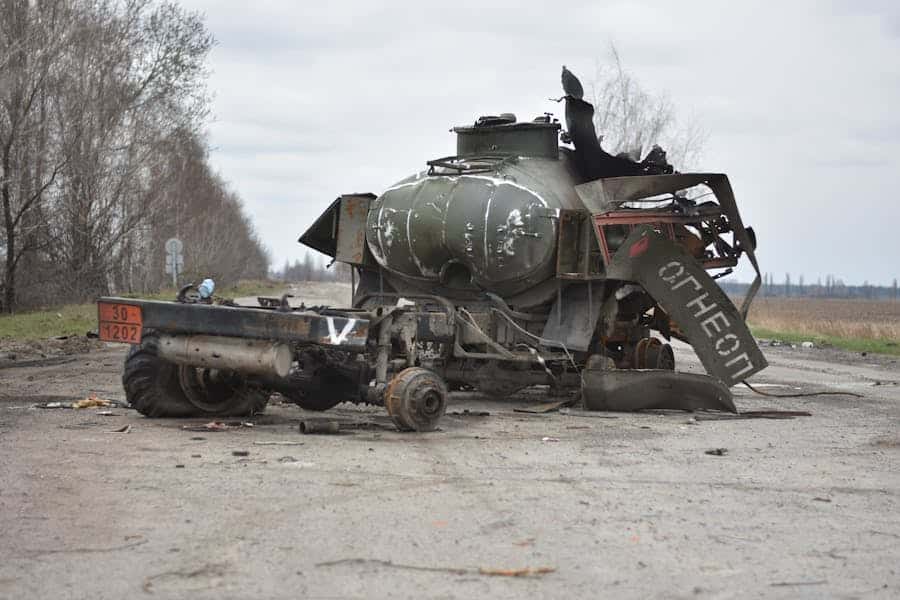
The men and women who serve in the military are often celebrated for their bravery, resilience, and sacrifice. Yet behind the uniform, many face an invisible enemy long after the battlefield has quieted—addiction. Substance abuse and addiction rates among active-duty military personnel and veterans remain a serious concern, rooted in the unique pressures of service life. From combat stress and trauma to the lingering effects of reintegration, military experiences can significantly heighten the risk of substance abuse, often leading to chemical dependence that goes undiagnosed or untreated for years.
The Link Between Trauma and Substance Abuse
Serving in the military involves high-stress environments that most civilians will never experience. Intense physical demands, long deployments, unpredictable violence, and constant vigilance can leave service members with lingering psychological scars. One of the most common outcomes of military trauma is Post-Traumatic Stress Disorder (PTSD), a condition that affects approximately 11-20% of veterans who served in Iraq or Afghanistan, according to the U.S. Department of Veterans Affairs.
PTSD and substance abuse frequently go hand in hand. Individuals suffering from PTSD may turn to alcohol, prescription drugs, or illicit substances as a means of self-medicating. These substances can temporarily dull symptoms like anxiety, insomnia, intrusive thoughts, or emotional numbness, but over time, they often result in dependency. This cycle of trauma and self-medication is one of the most significant contributors to substance abuse in military populations.
Military Culture and the Normalization of Drinking
In addition to trauma-related factors, the culture of the military itself plays a significant role in normalizing and sometimes encouraging substance use, especially alcohol. Drinking has long been seen as a rite of passage or a coping mechanism within military circles. Celebrations, unit bonding, and even off-duty routines often include heavy alcohol consumption. For some, the pressure to participate in this culture can lead to overuse and addiction.
While military leadership has made efforts to reduce alcohol misuse through training and regulations, the stigma around seeking help often stops individuals from reaching out. Service members may fear disciplinary action, damage to their reputation, or impacts on their career progression if they admit to struggling with substance use. This silence allows addiction to grow unchecked.
Prescription Drug Misuse and Chronic Pain
Another key contributor to addiction among service members is the frequent use of prescription medications to manage injuries sustained in the line of duty. Chronic pain is widespread in both active-duty personnel and veterans, and powerful opioid medications are often prescribed to alleviate discomfort. While these medications can provide short-term relief, they also carry a high risk of dependency.
The U.S. Department of Defense and VA have made efforts to curb opioid prescribing in recent years. Still, many individuals already grappling with physical pain and emotional trauma are at risk of becoming addicted to medications meant to help them. When prescriptions run out or become harder to obtain, some may turn to illegal substances like heroin or fentanyl, which are cheaper and easier to find.
Reintegration Stress and Civilian Life Challenges
Returning to civilian life after military service can be another source of significant stress, often compounding existing mental health and substance use issues. Many veterans struggle to find stable employment, housing, or social support once they leave the structured environment of the military. The loss of routine, identity, and camaraderie can lead to feelings of isolation, depression, and anxiety—all of which can fuel substance abuse.
This period of reintegration is particularly dangerous for those who have already begun using substances during service. Without the accountability and structure provided by military life, usage can escalate quickly, leading to long-term addiction that becomes harder to treat over time. Veterans who are homeless or unemployed are even more vulnerable to falling into this pattern, and they may lack access to the support systems necessary for recovery.
The Importance of Military-Specific Rehabilitation Programs
While the challenges are significant, there are effective paths to recovery. Military-specific rehabilitation programs have emerged to address the unique needs of this population. These programs integrate treatment for both addiction and mental health disorders like PTSD, offering a more comprehensive approach that acknowledges the complex factors behind substance abuse. For those stationed in or returning to the Pacific Northwest, active duty military addiction treatment in Washington provides specialized military addiction treatment designed to address both the physical and emotional challenges that come with military life.
Facilities that specialize in military and veteran care often include peer support groups, trauma-informed therapy, and aftercare services designed to help individuals maintain sobriety while rebuilding their lives. Importantly, these programs work to reduce the stigma around addiction by framing it as a medical condition that requires professional help, rather than a moral failing.
Community-based initiatives and nonprofit organizations also play a critical role in supporting veterans. Peer mentorship programs, sober housing, and job training opportunities can all help individuals transition successfully back into civilian life while staying committed to recovery.
Stigma and the Barriers to Treatment
Despite growing awareness about mental health and substance abuse, stigma remains a significant barrier for military personnel seeking help. Many still believe that admitting to addiction is a sign of weakness or failure, contrary to the values of strength and perseverance often instilled during service. This belief can prevent individuals from contacting peers, family members, or healthcare providers.
Sometimes, even when help is sought, the system falls short. Delays in treatment, lack of specialized programs, or bureaucratic red tape within the Veterans Affairs system can discourage people from pursuing or continuing rehabilitation. This systemic issue highlights the need for more accessible and personalized addiction treatment programs that cater to the specific needs of veterans and active-duty members.
Prevention and the Path Forward
Addressing addiction in the military requires a multi-layered approach that includes prevention, early intervention, and long-term support. Military leadership must continue to promote a culture of wellness that encourages open dialogue about mental health and substance use. Routine screenings, confidential counseling services, and mental health education should be integrated into all levels of military training and service.
Additionally, policymakers must ensure that veterans have timely access to treatment through the VA or community-based services. Expanding funding for mental health programs, streamlining the intake process, and investing in alternative pain management techniques—like physical therapy, acupuncture, or non-opioid medications—are crucial steps in reducing dependency and improving quality of life.
Above all, society must recognize the sacrifices made by service members not just on the battlefield, but in the internal struggles many face afterward. Addiction does not discriminate, and no one who serves their country should be left to fight their demons alone.
Final Thoughts
Addiction among military personnel is not a personal failing—it is often the result of compounded trauma, systemic gaps in care, and a culture that discourages vulnerability. From the combat zone to the civilian world, the journey from stress to substance abuse can be interrupted and redirected through understanding, support, and evidence-based rehabilitation. The path to recovery exists, and with the right resources and compassion, it can be walked by every veteran and service member in need.





